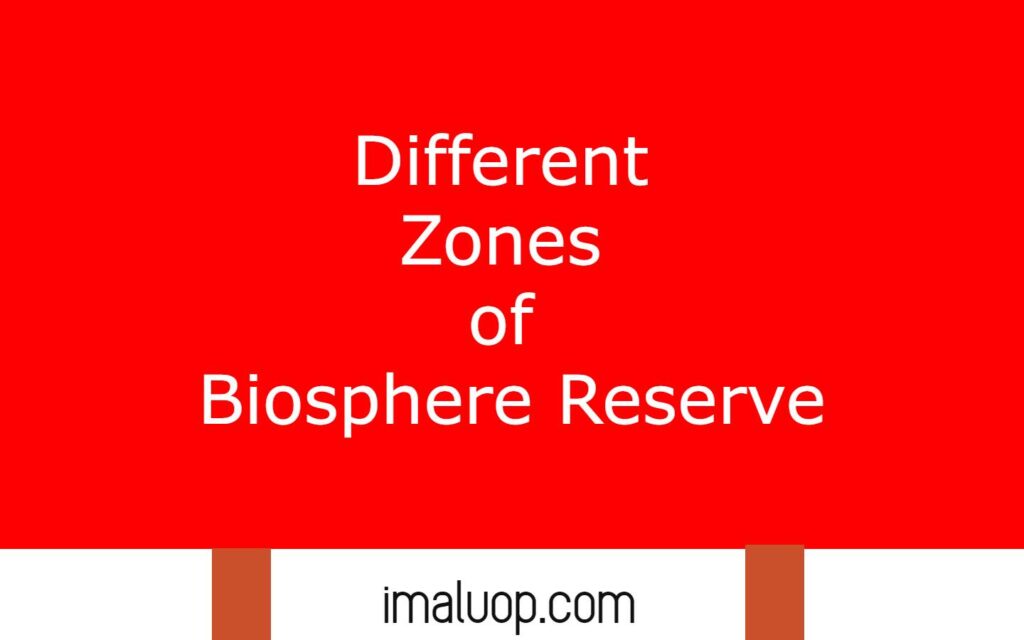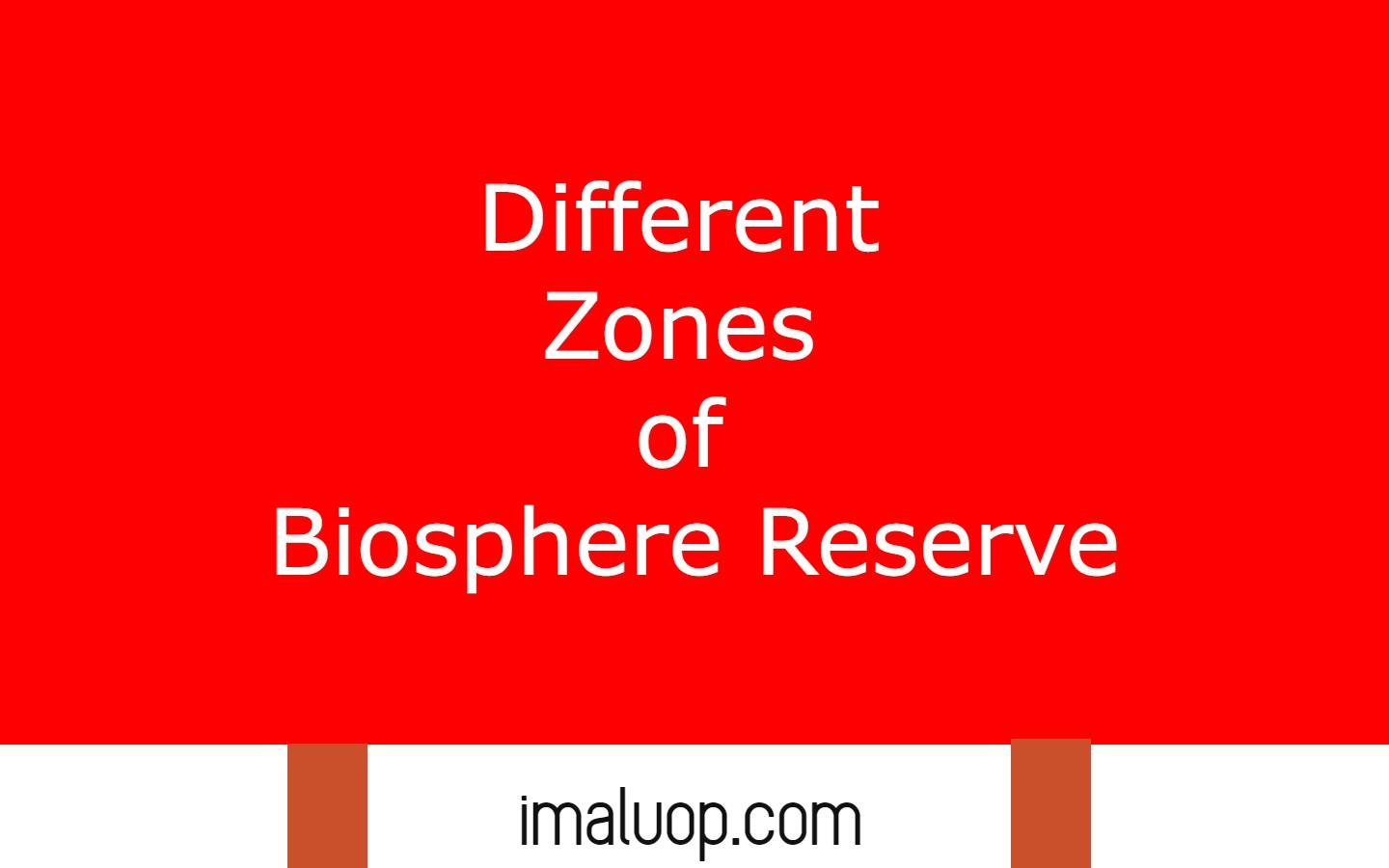Different countries are trying to conserve those species which are in critical condition so they are preserved in different ways one of them is biosphere reserve and we are going to discuss different zones of biosphere reserve.
Table of Contents
What is Biosphere Reserve:
Biosphere reserve is a protected area where we try to preserve the animals and plants in their natural habitat and also we preserve the traditional lifestyle of the tribal people who live in those areas without disturbing the ecosystem.
In a biosphere we limit various human activity which can be dangerous for different native animals and plants but human activity is not completely prohibited here.
Different Zones of Biosphere Reserve:
Central Core Zone:
The name core suggests its meaning, it is the central zone of a biosphere reserve where we only focus on preservation of the plants and animals in their natural habitat and we do not change the ecosystem of the core zone. In core zone difference human activities are not allowed only natural plants and animals live there without interference of human beings.
Surroundings Buffer Zone:
This zone is present in the core zone and this zone is not prohibited strictly as core and here human activities are allowed but for only few purposes like research and education which do not interfere with wildlife very much.
Other human activities are also allowed to a limited extent like forestry, cultivation but this activity helps to grow the vegetation of this area and sometimes limited tourism and recreation activities are also allowed but they are very limited so that these human activities do not impact on the wildlife very much.
Outer Manipulation Zone:
This is the outermost peripheral zone outside the buffer zone where human activities like recreational activities, forestry, fishing are allowed along with the settlement of local tribal people. This zone is used in different ways to make the region sustainable and mostly here scientists, preservation agencies, tribal people, stakeholders live and exploit the natural resources in controlled manner without damaging the wildlife.
Importance of Biosphere Reserve:
Education and Research:
Biosphere reserves create a nice environment to perform research and gather knowledge for educational purposes to understand the researchers how different flora and fauna can be preserved. As in biosphere reserve wildlife is not disturbed so it is possible to study the wildlife in their natural state in biosphere reserve and research on them.
Healthy Ecosystem:
As most regions of the biosphere reserve are prohibited for human activities, there is very little pollution in the biosphere reserve so the ecosystem here is very stable. Due to cultivation and other reasons soil erosion is a great problem which causes very much damage in the woodland ecosystem but here it is restricted so we can get a healthy ecosystem in a biosphere reserve.
Conservation:
As all the animals and plants are allowed to live their own natural habitat without any human interference so the species which was in danger due to overexploitation can be easily conserved in the biosphere reserve.
Economic Development:
In the biosphere reserve we preserve different native plants and animals but we also focus on sustainable development in this area by utilising the natural resources in the biosphere reserve wisely without damaging the wildlife.
We encourage tourism, cultivation and other recreational activities to some areas of biosphere reserve to improve the economic conditions as well as we focus on development in tribal human population.

Proper Utilisation of Land:
Some areas of biosphere reserve are allowed for stakeholders and different institutions along with scientists groups, educational institutions and preservation agencies all work together in biosphere reserve to utilise the land wisely and we get different other benefits from this region.
Read More: Methods of Biodiversity Conservation
Hi Everyone!!! Welcome to Imaluop. Imaluop always try to learn some new and he want to share to other people. Here we will try to learn various topics on Science, specially on Biological Sciences.
